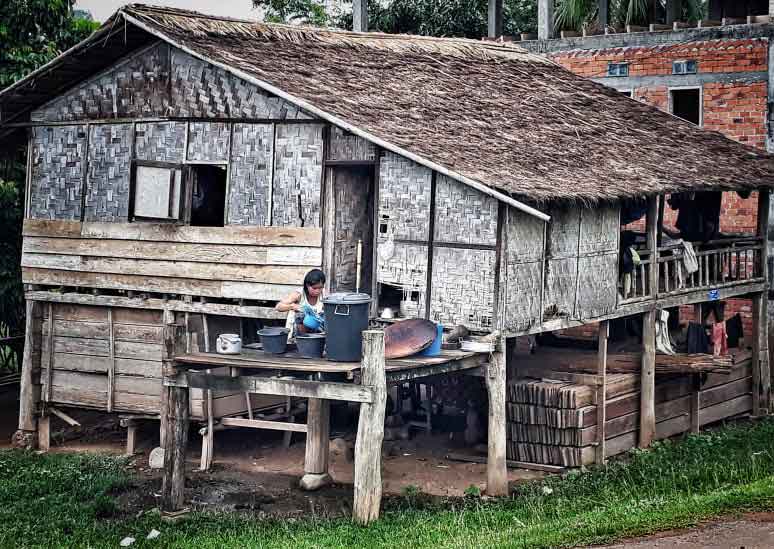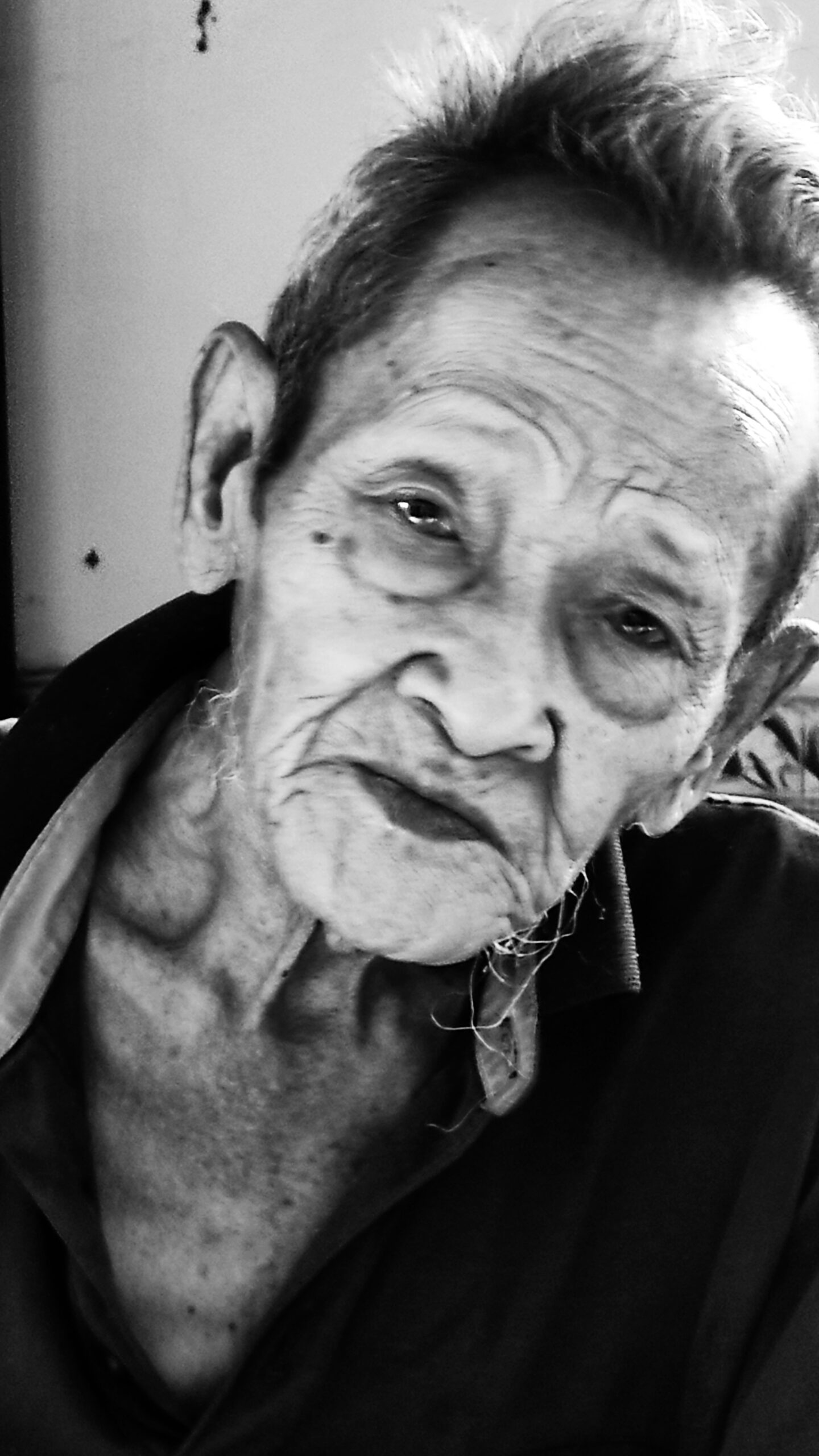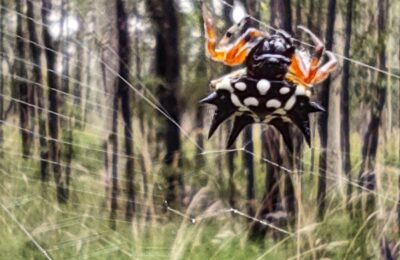(In her own words)
My parents were farmers in the district of SanvangNoi village, where I was born in 1935. They only had the power of the buffalo for working the fields. My parents grew rice, eggplants, peanuts. We ate what we grew for food, and sold the extra.
I never went to school. I helped my parents with the farming. I did have a brother, but he died when I was young. I think maybe I was 10 years old when the Japanese army came. Hard to remember for certain.
I got married when I was 15, and moved the short distance to SanvangGnai (Tad Lo) village with my husband. My husband was a bit older than me, but I never asked him his age. He became a soldier, and later was based in Pakse, the city to the south, on the Mekong River.
While he was a soldier, we went two times from Tad Lo to Pakse in a helicopter. I wasn’t scared at all. It was very exciting flying up high over the mountains.
I lived for some time in Pakse with my husband. There were a lot of people there who had no home and no food. I helped many of them, and they often slept at our house.
We already had our first 3 children, and I wanted to move back from Pakse. I hoped to go back to my family village, but life was too hard there. So I returned to my husband’s village. Its along the Houay Lanong, a small river, so it made bathing and washing clothes much easier.
During the War, there were a lot of bombs dropped by American Forces. Many were dropped along the river. Sometimes locals would find them in the forest, the ones that had not exploded.
Everyone was poor, and the bombs were a source of metal. One day my husband was getting some metal from one. He hit the detonator, which exploded and blinded him. After that, he couldn’t see to work.
From then, I had to care for my husband and our children. We had 6 children altogether, though 2 died. I still have 2 sons and 2 daughters.
When I was 25, I was working in the fields one day, and went into the farming house. These are used for resting, and for storage. The small house had 1.5 tons of rice in the roof. Suddenly it collapsed on me. The weight broke my back.
Other people helped to free me, and I was taken to hospital. The doctors could only give me injections, nothing else. I have had this back problem for a long time now.
After I got better, I still had to care for my husband and my children. We had no land of our own. We had to work the fields of local farm owners, who would pay us in rice.
One of my sons has 5 children, and my daughter has 4 children. There are many great grandchildren. I don’t really know how many.
Now I live with my daughter and her husband and my 3 grandsons, though one works away a lot. I don’t go out much, because I cannot walk too far. Every morning I wake up early at 4am and cook sticky rice and prepare other food for the family. My favourite food is fish. I am now 85, and I still enjoy eating fish.
I never wore makeup. Never. Only ever used soap and water on my face. The generations are different now. They have other influences.
Yes, my husband is still alive. Maybe he is 90. I’m not sure. He lives with our son. We decided to live separately because I could not care for him as I got older. He lives not far away in this village, but we don’t meet each other now.
I don’t know how long I will live. I am scared, a little, about dying. But I know we cannot escape it. I just live each day at a time now.
(Editor’s note – Vietnam War began in 1955, and ended in 1975. American military bombed southern Laos heavily from 1964 to 1973, to interrupt the Vietnamese supply chain along the Ho Chi Min Trail. An estimated 28,000 to 62,000 Lao people died during the war. About 30% of the 2 million tonnes of bombs dropped on Laos sat unexploded. These unexploded ordinances (UXOs) have killed or injured some 50,000 Lao people since the war. The US, along with other countries, currently helps fund the search and destruction of such UXOs in southern Laos.
Perhaps some events happened at later times than Grandma remembers. She is 85, yet she seems quite sharp and sound of mind. Dates don’t really matter. Her life journey has been remarkable, and her smile and shrill laugh are a joy to behold.
I first met Grandma when I took a meal at Honey Bee Restaurant in Tad Lo. The owner, Far, introduced me to Grandma who lives in the meagre house next door. Its a timber frame house with walls of woven bamboo. Access to the raised house is by way of steep ladder steps. Washing of dishes is done on the side platform, where I first observed Grandma working.
To see her in motion is to understand, if even only a little, the absolute trauma of life with a broken back. And that she is 85 !Special thanks to Far for facilitating the interview, and for engaging Mr Hong, who has great English. He previously worked in tourism in Singapore, and teaches English in Tad Lo village, where he was born and grew up).


